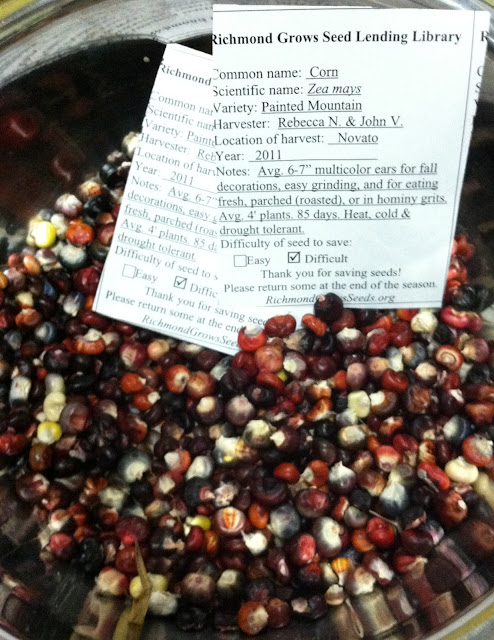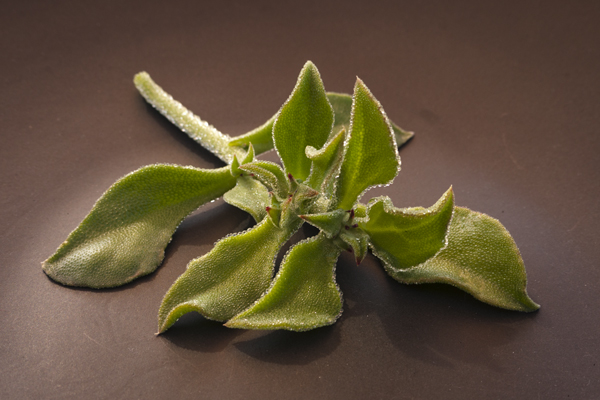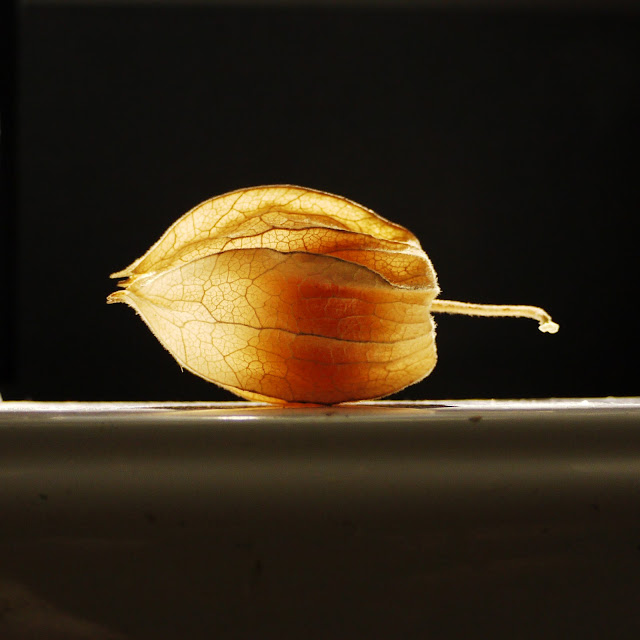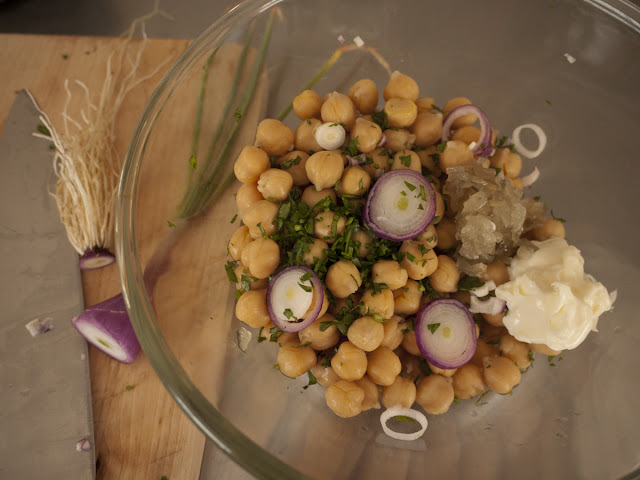In the grocery store this evening, I saw a toddler in a cart, preparing to throw a tantrum. But the object of her ardent desire was not the usual sugary cereal or candy bar.
"I WANT those little tomatoes!" she told her dad (and everyone else in the vicinity), pointing at a basket of cherry tomatoes.
It warmed my heart to no end, seeing a small child get that wound up — in a positive way, that is — about produce. And not seedless grapes or strawberries or melon, but tomatoes. When I was a kid, I hated tomatoes. Hated. Of course, I was an especially picky child, and also hated avocados, pesto, persimmons, and all sorts of things I now know to be wonderful. (I was very fond of lima beans, though. Go figure.)
But still. How many kids are that excited about produce? How many fruits and vegetables can inspire that kind of passion? And most importantly, how do you get kids (and grownups, for that matter) to crave fruits and vegetables the way they crave candy and chips and soda?
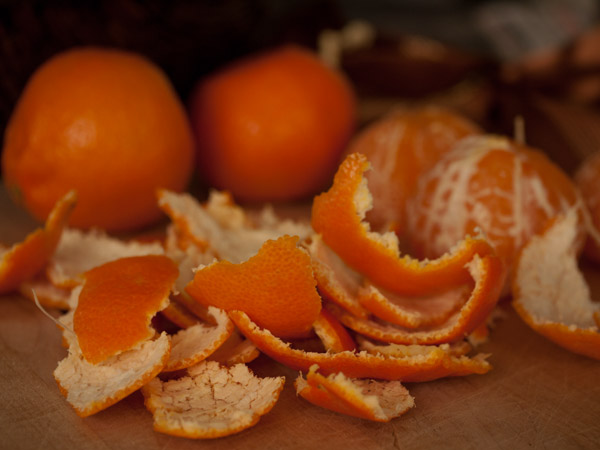
The folks behind those ubiquitous boxes of diminutive mandarin oranges, tangerines, and clementines have certainly done a good job. Their little citruses are delicious, seedless, easy to peel, and just the right size for little hands. Plus, they've got a marketing budget to help make that point, with commercials and magazine ads.
The packaging is brilliant, too. Putting them in 5-lb. boxes means eye-catching displays, and helps you ignore the fact that you probably wouldn't buy them five pounds at a time if they were sold individually. And once you've got them home, the fact that you have five pounds of them makes it easy to eat two or five or ten at a time.
I'm not suggesting that all produce should be branded and marketed this way. I'm not looking to raise costs for the growers or consumers. And I certainly don't want to bring more problems into a market where perfectly good produce is left to rot because it doesn't meet a distributor's specifications for size, shape, and color.
I would, however, dearly love to find an advertising network that would enable me to support this blog with well-designed, tested, and optimized advertisements for whole grains, in-season produce, and your local farmers market.











